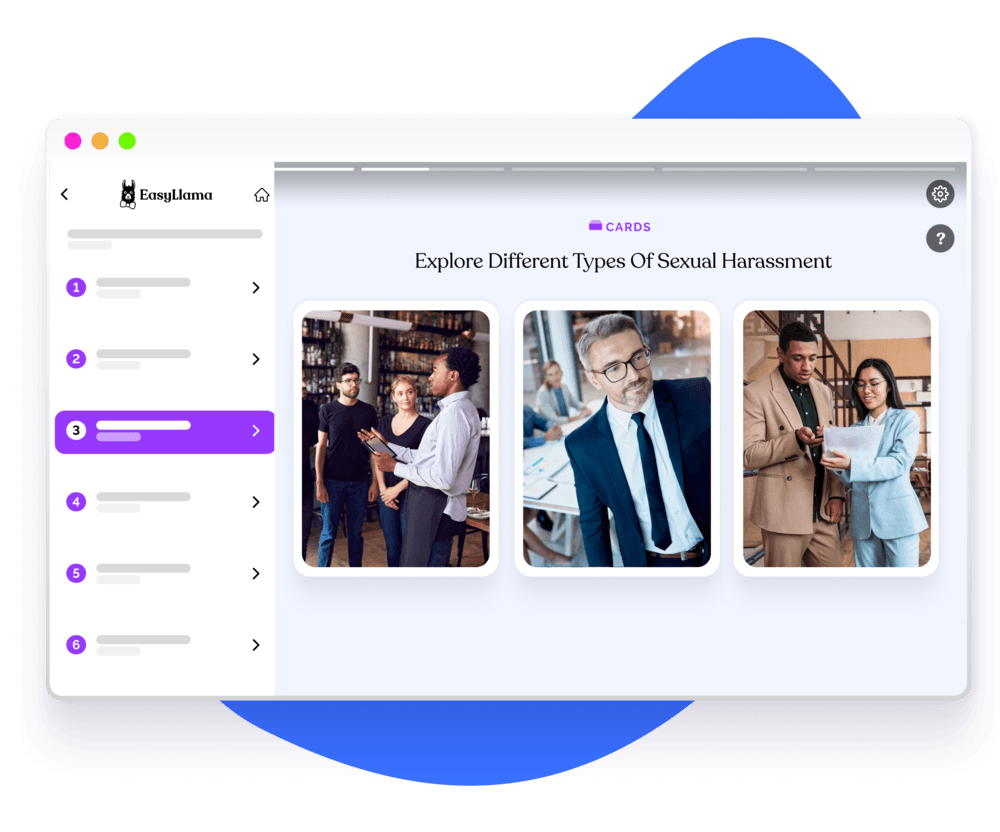Cybersecurity Best Practices
Cybersecurity best practices are essential for protecting your digital assets and data. These practices help to reduce the risk of malicious attacks and data breaches, as well as helping to ensure secure and reliable systems.

Penalty for Data Breaches
When a data privacy breach occurs, the penalties for a violation can be drastic. The largest known data breach of personal information cost multiple companies upwards of $4 billion collectively. Having the right safeguards in place can save your organization time and money and help avoid legal repercussions from regulatory agencies.

Cybersecurity safeguards are measures taken to protect an organization's data, systems, and networks from cyberattacks and security breaches. They are essential for protecting businesses from malicious threats and ensuring the integrity of their data and systems.
Technical safeguards involve the protection of computing hardware and software. Technical safeguards involve the protection of computing hardware and software. The main technical safeguard measure for securing digital data is encryption.
Physical safeguards refer to the act of protecting physical documents and devices. Properly storing paper records and electronic devices in accordance with your organization's policies and procedures reduces the risk of loss or damage to protected data.
Administrative safeguards refer to decision-making about who should have access to certain information. The key point in implementing administrative safeguards is to ensure that only people with a need to know have access.
Cybersecurity Best Practices
Physically safeguarding your information is just as vital and important as digitally safeguarding it.
Here are some myths to look out for:
- -
Practice safe computing and email use by accessing them only on a secured device.
- -
Practice safe password control measures.
- -
Provide security update reminders for all devices.
- -
Install protection to guard against malicious software.
- -
Implement procedures for guarding against, detecting, and reporting malicious software.

Protect Your Data with Cybersecurity Training
Cybersecurity training is an important step in protecting your data and staying secure online. It teaches you how to recognize and prevent potential threats, such as phishing, malware, and other cyber attacks. Cybersecurity training also provides you with the necessary skills to respond to an attack and recover your data if something happens. With the right training, you can help protect your data and keep it secure.

Helping over 8,000 organizations create a safer, more productive workplace
EasyLlama’s online training course helps prepare employees to navigate the complex world of cybersecurity. With threats increasing and the fines for violations more expensive than ever, implementing a solid cybersecurity plan can help organizations save time and money while avoiding future litigation. The course covers:






Learn more
Cybersecurity Best Practices FAQs

- Start with strong identity habits: use a password manager, turn on multi-factor authentication (MFA) everywhere, and avoid reusing passwords. Keep devices and apps updated, enable automatic updates, and only install software from trusted sources. Be cautious with links and attachments (especially unexpected “urgent” messages), verify requests that involve money or credentials, and back up important files regularly. When using public Wi-Fi, use a VPN or wait until you’re on a trusted network.
- Think layers across people, process, and technology. Train employees regularly on phishing and safe data handling; require MFA and a password manager. Patch systems on a schedule, review access with least-privilege, and keep an incident response plan and tested backups ready. On the tech side, use email/web filtering, endpoint protection (EDR/AV), device encryption, secure cloud configurations, centralized logging/alerting, and basic network segmentation.
- Some of the most essential steps to take to prevent cyber attacks: 1. Turn on MFA for email, VPN, and all critical apps. 2. Patch weekly and fast-track critical vulnerabilities. 3. Require a password manager and block reuse. 4. Run phishing simulations and short refresher training. 5. Maintain 3-2-1 backups and test restores monthly. 6. Keep an incident playbook and know who to call.
- Combine reputable frameworks with practical training. NIST, CISA, and ISO publish clear, up-to-date guidance you can adapt to your environment. Pair that with role-based awareness training so employees know how to spot and report threats in the flow of work. EasyLlama offers concise cybersecurity and phishing modules that reinforce real-world behaviors—ideal for onboarding and quarterly refreshers—so teams remember what to do when it matters.















